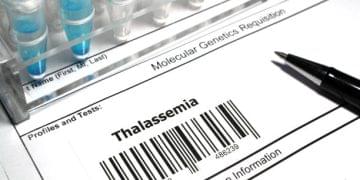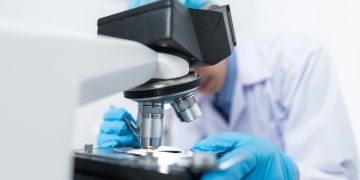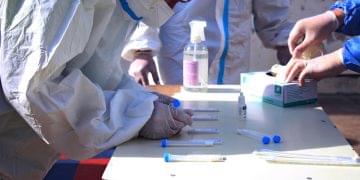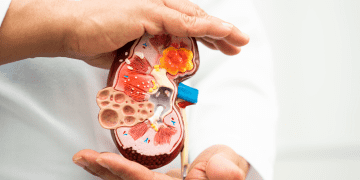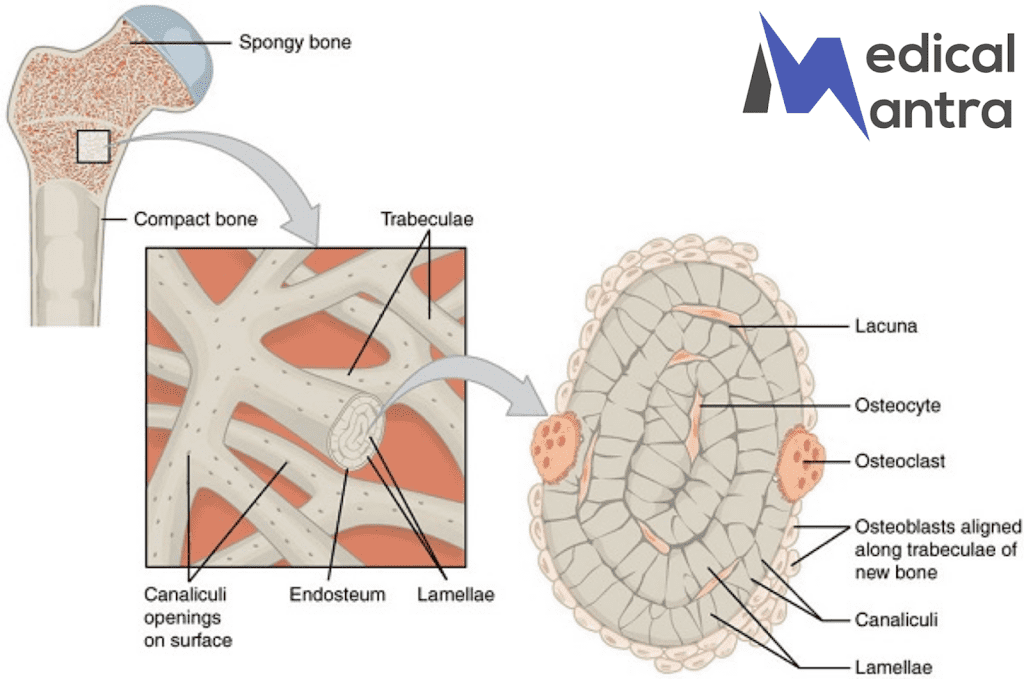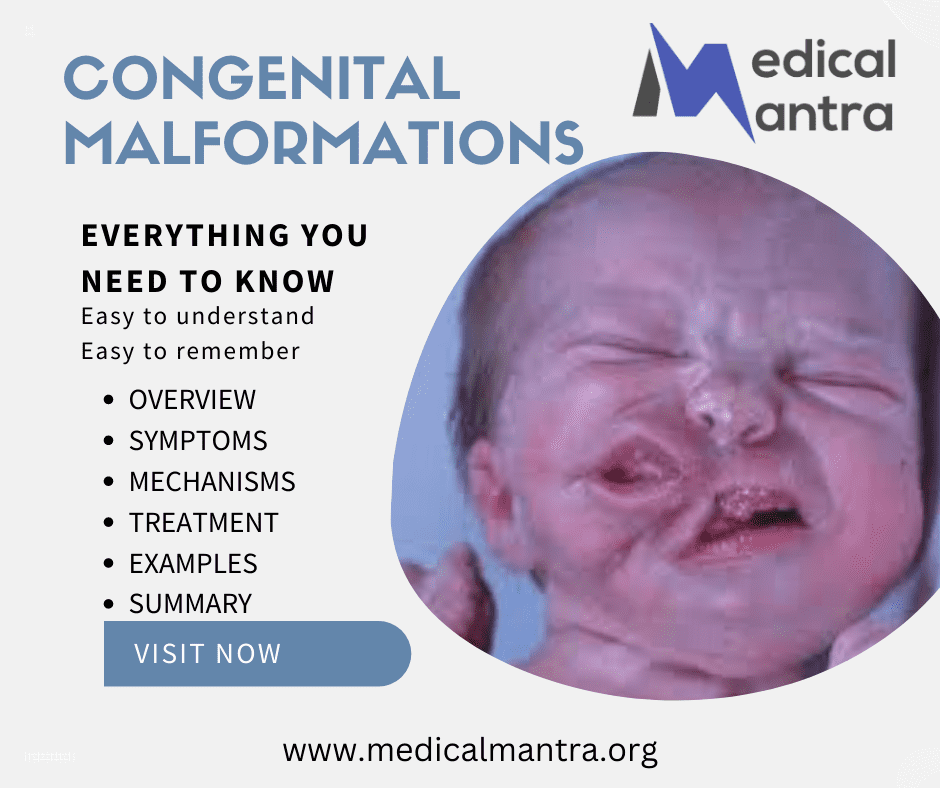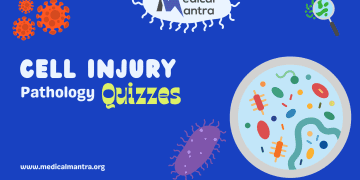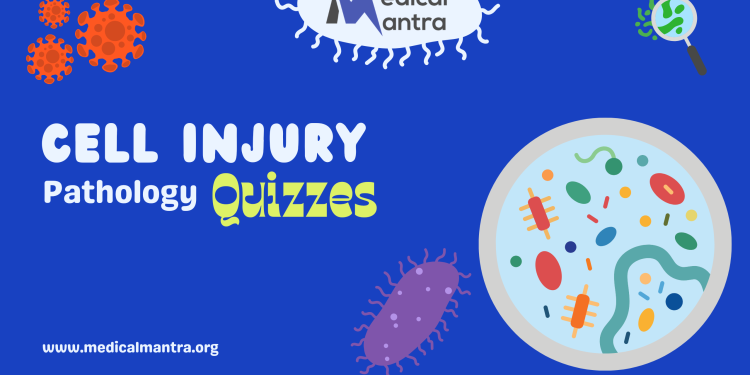Rules for Cell Injury
To ensure a fair and productive quiz-taking experience, please adhere to the following rules and guidelines:
- Login Requirement: Only registered and logged-in users are permitted to take the quiz. Please ensure you are logged into your account before attempting the quiz.
- Single Attempt: Each user is allowed to attempt the quiz only once. Multiple attempts are not permitted to maintain the integrity of the quiz results.
- No Cheating: Cheating is strictly prohibited. Do not use external resources, share answers, or collaborate with others while taking the quiz.
- Time Limit: The quiz must be completed within the allotted time frame. Exceeding the time limit will result in an automatic submission of your answers.
- Answer Submission: Ensure that you review your answers before submitting the quiz. Once submitted, you will not be able to change your responses.
- Respectful Conduct: Maintain respectful and appropriate conduct while participating in the quiz. Any form of disruptive behavior will not be tolerated.
[ays_quiz id=’3′]
Understanding Cell Injury in Pathophysiology: A Detailed Overview
Cell injury is a fundamental concept in pathophysiology, critical to understanding how diseases develop and progress at the cellular level. This article delves into the mechanisms, types, causes, and clinical implications of cell injury, providing a comprehensive overview for students, clinicians, and researchers.
Mechanisms of Cell Injury
Cell injury occurs when cells are exposed to harmful stimuli or conditions that disrupt their normal function. The severity of the injury depends on the type, duration, and intensity of the insult, as well as the cell’s ability to adapt. The mechanisms of cell injury can be broadly categorized into:
- Hypoxia and Ischemia: Lack of oxygen (hypoxia) or blood supply (ischemia) leads to reduced ATP production, causing cellular dysfunction. Commonly, ischemia results from obstructed blood vessels, leading to tissue damage.
- Chemical Agents: Toxic chemicals and drugs can cause cell injury by interfering with cellular metabolism, damaging membranes, and disrupting enzyme functions. Examples include heavy metals, alcohol, and certain pharmaceuticals.
- Physical Agents: Physical trauma, such as mechanical injury, extreme temperatures, and radiation, can directly damage cell structures and DNA, leading to cell death.
- Infectious Agents: Bacteria, viruses, fungi, and parasites can induce cell injury through direct infection, toxin production, or triggering immune responses that inadvertently damage host tissues.
- Immunologic Reactions: Immune responses, while protective, can sometimes cause cell injury through hypersensitivity reactions or autoimmune diseases where the immune system attacks the body’s own cells.
- Genetic Factors: Mutations and inherited disorders can lead to cell injury by producing dysfunctional proteins or impairing cellular functions.
- Nutritional Imbalances: Deficiencies or excesses in nutrients can disrupt cellular metabolism, leading to conditions such as scurvy (vitamin C deficiency) or obesity-related diseases.
Types of Cell Injury
Cell injury can be classified into reversible and irreversible types, depending on the cell’s ability to recover:
- Reversible Cell Injury: In this type, cells can return to their normal state if the damaging stimulus is removed. Common features include:
- Cellular Swelling: Due to failure of ion pumps, leading to an influx of water.
- Fatty Change (Steatosis): Accumulation of lipids within cells, often seen in the liver due to alcohol abuse.
- Irreversible Cell Injury: When the damage is too severe, cells undergo permanent changes leading to cell death. This can occur through:
- Necrosis: Uncontrolled cell death resulting in cell lysis and inflammation. Types of necrosis include coagulative, liquefactive, caseous, and fat necrosis.
- Apoptosis: Programmed cell death where cells are systematically dismantled without causing inflammation, crucial for maintaining tissue homeostasis.
Clinical Implications
Understanding cell injury is vital for diagnosing, treating, and preventing diseases. Here are some clinical aspects:
- Ischemic Heart Disease: Reduced blood flow to the heart leads to myocardial infarction (heart attack), characterized by coagulative necrosis of heart tissue.
- Liver Disease: Chronic alcohol consumption can cause fatty change, hepatitis, and cirrhosis, highlighting the impact of chemical agents on liver cells.
- Neurodegenerative Disorders: Conditions like Alzheimer’s and Parkinson’s disease involve progressive cell injury and death in specific brain regions.
- Infectious Diseases: Bacterial infections can cause cell injury through toxin production, while viral infections might lead to cell lysis or apoptosis.
- Cancer: Mutations causing uncontrolled cell proliferation often bypass normal cell injury responses, leading to tumor growth.
Prevention and Treatment
Preventing cell injury involves mitigating risk factors such as controlling blood pressure to prevent ischemia, avoiding exposure to toxins, and maintaining a balanced diet. Treatment strategies focus on:
- Antioxidants: To combat oxidative stress.
- Anti-inflammatory Agents: To reduce inflammation and further tissue damage.
- Antibiotics and Antivirals: To manage infections.
- Lifestyle Modifications: Including smoking cessation, reducing alcohol intake, and regular exercise.
Conclusion
Cell injury is a complex but essential concept in pathophysiology, underpinning the understanding of many diseases. By studying the mechanisms, types, and clinical implications of cell injury, healthcare professionals can better diagnose, treat, and prevent a wide range of conditions, ultimately improving patient outcomes.


